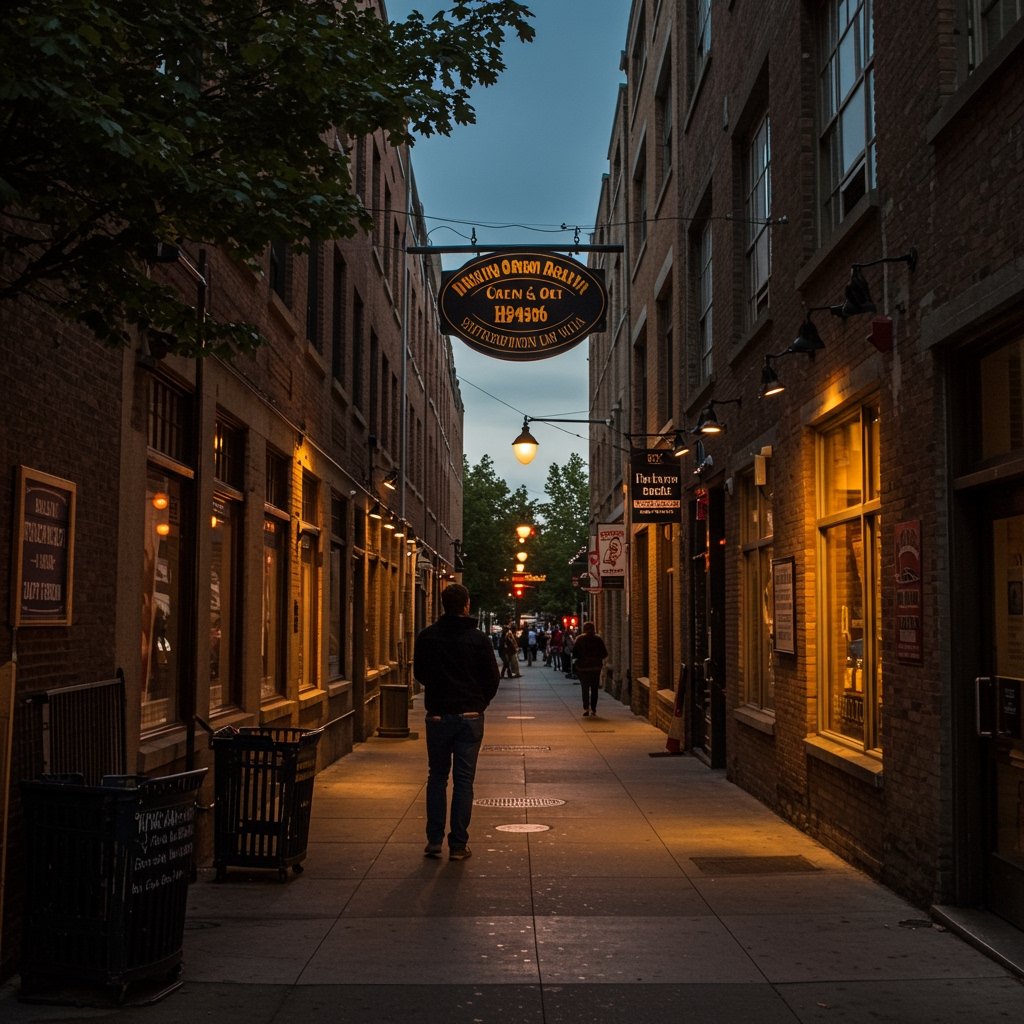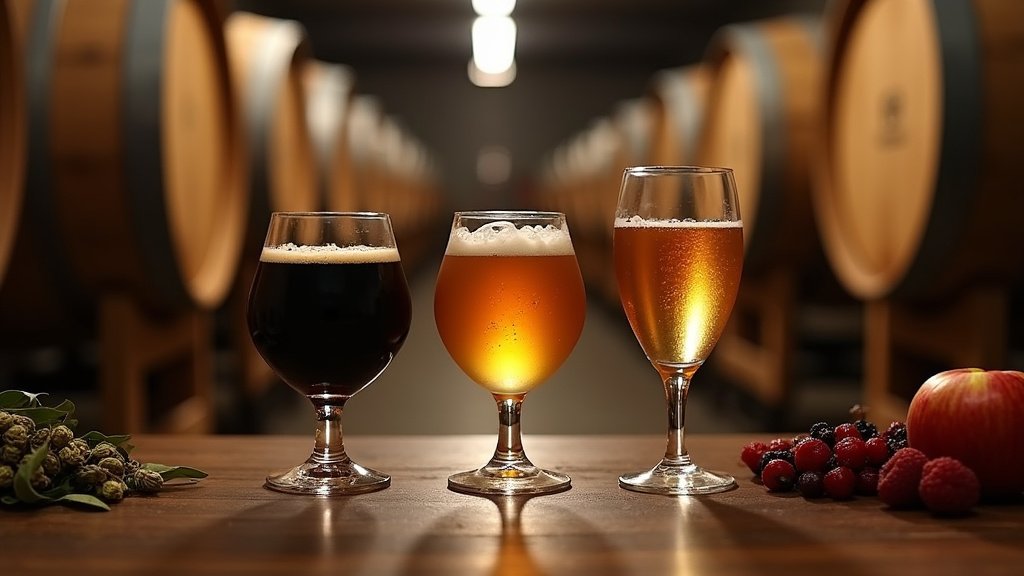Oregon Legislature Passes Key Bill Benefiting Small Breweries

Salem, OR – The Oregon Legislature today marked a significant moment for the state’s celebrated craft beer industry, passing House Bill 456. This pivotal legislation is specifically designed to bolster the viability and growth potential of Oregon’s numerous small breweries by substantially increasing the volume of beer they are permitted to distribute themselves directly to retailers across the state.
The bill, which successfully navigated the legislative process and received final approval, amends existing state alcohol laws governing distribution. Under the previous regulations, small breweries were limited to self-distributing a maximum of 1,000 barrels of beer annually. HB 456 dramatically raises this ceiling, allowing qualifying breweries to deliver up to 5,000 barrels per year directly to licensed retail establishments, such as bars, restaurants, and bottle shops.
Details of House Bill 456 and Its Impact
The core mechanism of HB 456 lies in this five-fold increase of the self-distribution cap. This change is not merely an incremental adjustment but represents a fundamental shift in the operational possibilities for breweries operating below the new 5,000-barrel threshold. For these smaller producers, the ability to directly manage a larger portion of their distribution is anticipated to yield several key benefits.
The traditional three-tier system of alcohol distribution in the United States typically mandates that producers (breweries) sell their products to distributors, who then sell to retailers, who finally sell to consumers. Self-distribution laws provide a limited exemption to this system, allowing producers to bypass the distributor tier for a certain volume. By increasing this allowed volume from 1,000 to 5,000 barrels annually, HB 456 empowers small Oregon breweries to cultivate direct relationships with a greater number of retailers and service them personally.
Strong Support from the Craft Beer Community
The passage of HB 456 was met with strong approval from the state’s craft beer community, which actively advocated for its adoption. Key proponents included the Oregon Brewers Guild, a prominent trade association representing the state’s brewing industry, and various independent brewers from across Oregon.
Their support stems from the critical advantages the bill offers. Proponents argue convincingly that the increased self-distribution limit reduces reliance on third-party distributors. While distributors play a vital role in the broader market, working with them involves fees and can sometimes present challenges for small breweries trying to get their products into specific, perhaps smaller or niche, retail locations.
By enabling direct sales and delivery for a larger volume, breweries can potentially lower their costs by eliminating distributor fees on that portion of their sales. This direct control over delivery also allows for greater flexibility in serving local accounts promptly and ensuring product freshness. Ultimately, proponents believe this change will significantly increase market access for smaller operations, enabling them to grow their businesses, reach new customers through expanded retail presence, and better compete in a crowded marketplace.
The Oregon Brewers Guild highlighted the bill as crucial for the sustainability and growth of its smaller members, emphasizing that it provides them with essential tools to navigate the complexities of the market and invest further in their local communities through job creation and economic activity.
Concerns Raised by Opponents
Despite broad support within the brewing community, the bill did face opposition, primarily from groups representing large distributors. These opponents raised concerns that increasing the self-distribution cap could lead to market disruption.
Their arguments centered on the potential impact on the existing distribution infrastructure and business models. Large distributors invest heavily in warehousing, logistics, and sales teams to service a wide range of retailers efficiently. They voiced fears that allowing breweries to peel off their most desirable or local accounts through increased self-distribution could undermine the economics of the broader distribution system, potentially making it less efficient or viable for servicing less profitable or more remote accounts.
Opponents also raised questions about maintaining a level playing field regarding regulatory compliance and market stability when producers take on distribution roles for a larger volume of product.
Context: Oregon’s Craft Beer Landscape
Oregon boasts one of the most vibrant and innovative craft beer scenes in the United States, with hundreds of breweries contributing significantly to the state’s culture, tourism, and economy. The existence of self-distribution limits has long been a point of discussion, balancing the desire to support small local businesses with the structure of the established distribution system.
The previous 1,000-barrel limit, while offering some flexibility, was seen by many growing small breweries as too restrictive, hindering their ability to expand their local footprint without immediately needing to engage a distributor for a substantial portion of their volume. HB 456 is a legislative response aimed at providing more room for these businesses to scale up their direct market engagement before needing to rely more heavily on third-party partners.
What’s Next: Heading to the Governor’s Desk
Following its passage by the Oregon Legislature, House Bill 456 now proceeds to the desk of Governor Tina Kotek for her signature. The Governor has the authority to sign the bill into law, veto it, or allow it to become law without her signature.
Given the bipartisan passage and the strong advocacy from the influential craft beer industry, proponents are optimistic that Governor Kotek will sign the bill, enacting the new 5,000-barrel self-distribution limit into law. Her signature would formalize this significant change, allowing small breweries across Oregon to immediately begin planning and adjusting their distribution strategies to take advantage of the expanded opportunities.
Conclusion
The passage of HB 456 marks a potentially transformative moment for small breweries in Oregon. By significantly increasing the self-distribution cap, the legislature has provided these businesses with greater control over their market access and potentially improved their financial viability. While concerns about market dynamics persist among distributors, the bill is widely seen by brewers and their advocates as a crucial step toward fostering continued growth and innovation within the state’s renowned craft beer sector. The focus now shifts to Governor Tina Kotek as the industry awaits the final step for HB 456 to become law.




